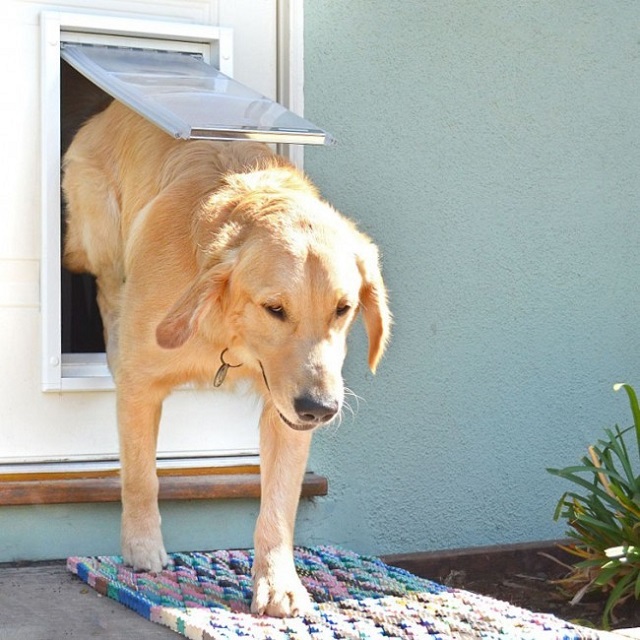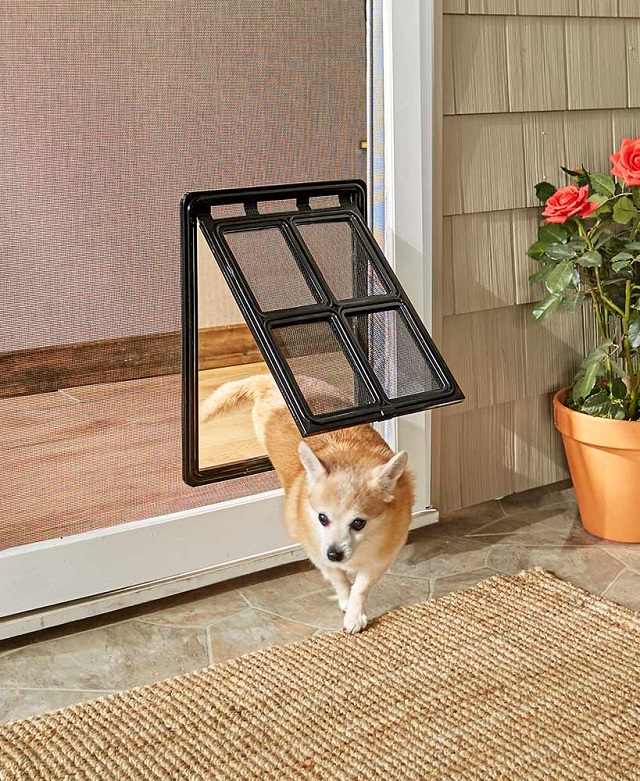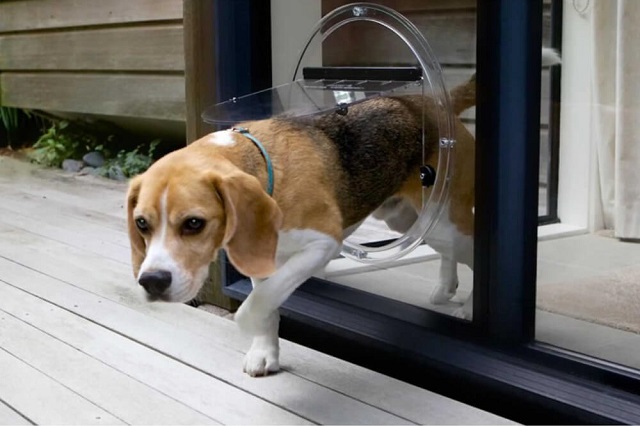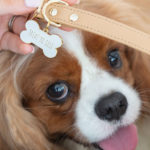Many people consider their pets as part of their family – they provide them with emotional support, entertainment, and immense joy. That being said, we want our pets to experience all the freedom and joy that we experience in our everyday lives, and no matter how insignificant, being able to smell the flowers, breathe fresh air, and feel the sunshine are some of the privileges we take for granted every day – but our pets don’t. Every chance they have to bask in the sun, sniff every plant, and enjoy the breeze – they’ll gladly take it. So why deny them with that opportunity just because we’re sometimes too lazy to open and close the door after them. The ideal solution to this issue, for both you and your pet, is installing a pet door.

With so many different types of pet doors for sale nowadays, choosing the most suitable one for your pet requires a lot of careful thought and consideration, which can be very time-consuming if you don’t know where to start. Not all pet door models are made the same, and you might want to spend more money on a quality pet door that will last the entire lifetime of your pet. And if you’re installing a pet door, you might have different concerns than if you were installing one in your garage. As you can see, there are quite a few different things that you need to consider that might not have even crossed your mind.
Where Will You Install the Pet Door
This is the first thing you need to consider when installing pet doors. While it may seem like a no brainer, nowadays, there are many doors that can be installed on walls, as well as on doors. Different models are designed with the nuances of your home. For instance, a pet door for a patio door will be made of different materials and it will have a different depth than a through-wall pet door. The location of the pet door can also impact the dynamic of your home, so expect to see more of your pet in the area where you install the door. This can cause more traffic around the pet door and that may prompt you to relocate fragile items or rearrange the furniture.

Weather Resistant Properties
If you’re living in an area with a harsh climate, like extreme heat, snow, or gusty winds, you might be hesitant about installing pet doors in your home. Nobody wants a mess inside. However, there’s a practical solution for these cases – a pet door that insulates well and seals tightly. Electronic doors are usually great at this, but they have moving parts that can break, which can leave your pet stranded outside or inside. Additionally, the collar keys are easy to lose, and you’ll have to replace the batteries to keep the door operating.
Deciding on the Features
You can find doors with a wide range of features, from doors that utilize implantable microchips to motorized doors. These doors add convenience and can significantly reduce the amount of help your pet might need to get acquainted with their new passage. Some doors are made of premium materials that reduce the number of temperature changes, that are resistant to chipping/browning, etc. Whatever features you might deem necessary, it’s more than likely that there are at least a few doors that meet your needs.
Consider the Type of Pet You Have and Their Needs
There are pet doors for sale specifically tailored for both cats and dogs. Both types of doors have different capabilities, so it’s important that your choice reflects your pet’s needs. For example, most dog doors are designed to go from the floor up to the dog’s shoulder, since dogs tend to keep their heads tucked when they go through it. On the other hand, cats don’t necessarily do this, so the design features need to match accordingly. Even when it comes to width, cats are capable of slipping through narrower spaces, therefore, cat doors are also narrower, which can provide you with more options as to where to install the door.

Price Matters
Not everyone can justify spending a few hundred dollars on a pet door. However, the only thing you should compromise on when picking a pet door is the size. Getting one that’s too small for your pet can be uncomfortable for them, and pets avoid doing things that are uncomfortable for them, and you’ve probably heard at least one horror story about a pet injuring itself trying to get through a door that’s too small for it. Measure your pet and test the flap size of the door, if possible, as well.
Conclusion
You need to carefully consider all of your options when you set out to buy pet doors online. There are countless different design options and depending on your visual preferences, type of door, materials its made of, etc. your choice may vary. From energy usage to appearance and security, the door will impact your home in several different ways. For that reason, it’s best you do your due diligence and read reviews online in order to get the best pet door. For most owners, the cost will be a significant consideration, but it shouldn’t be the only one. Investing in a door that makes you feel insecure in your own home, is responsible for larger energy bills, or can easily be damaged by the pet will end up costing you more in the long run. Consider your specific needs and requirements and pick a door that will work well for your pets and family for many years to come.






















